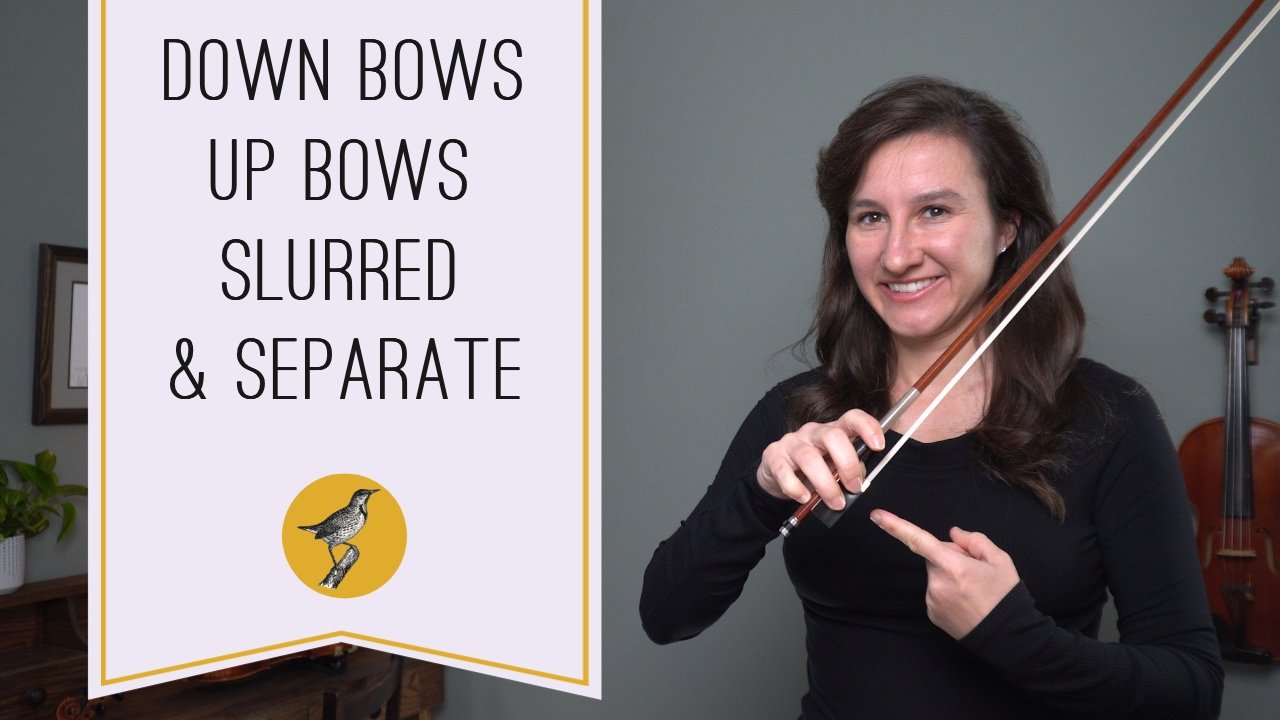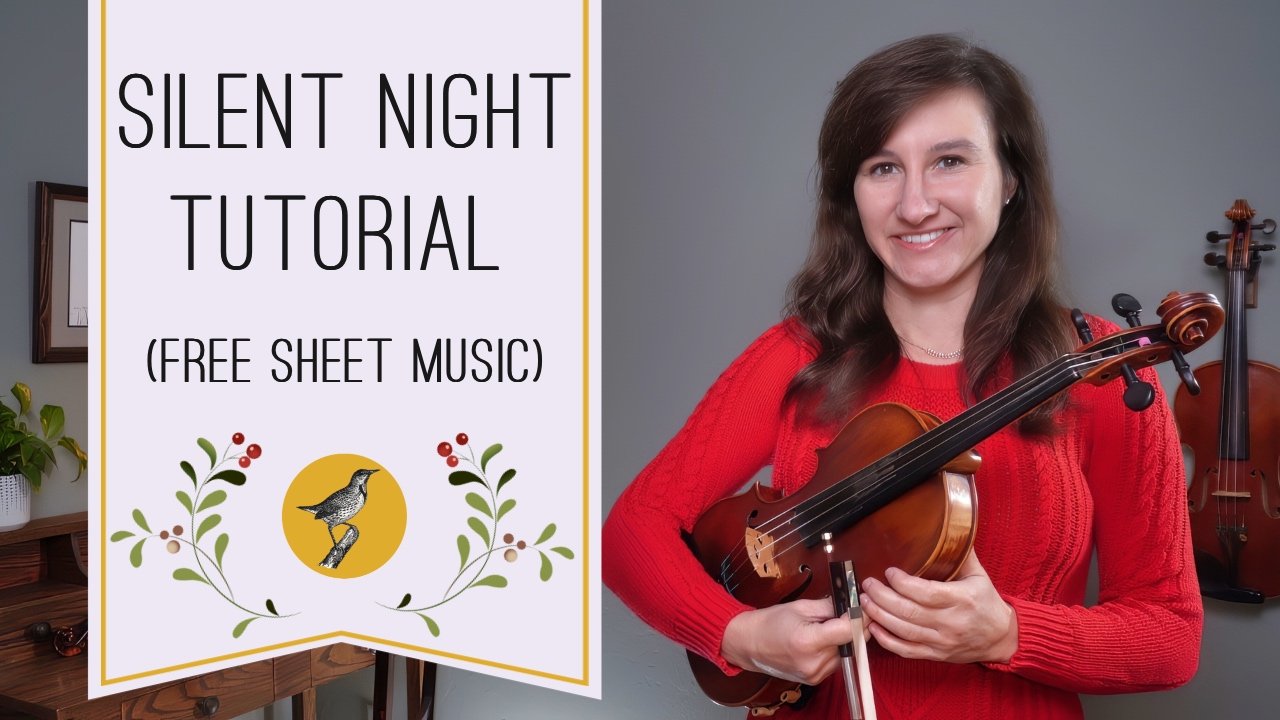Stop Wasting Your Practice Time! How to Set Up a Great Practice Routine
/Making your practice time "golden."
A good practice routine is the key to staying motivated to play the violin. But if you don’t have a good practice routine, chances are you will just dabble with the violin and never make any lasting progress. Does the following story sound familiar?
You get out your violin to practice. You know you’re supposed to start out with scales so you whiz through them so you can get to the good stuff. You play through the piece you’re working on. If it’s a good day, you make it all the way through. If not, you stop when it gets hard and go back to play the parts you sound good on. Let’s say it’s a good day. You make it all the way through. What do you do next? Start at the beginning and play it all the way through again. It might sound a little better, chances are, not much has changed. You decide to buckle down on the two or three hard lines. You play through the measures once. Ugh. It sounds awful. You try again. Even worse this time! Stupid fingers. Maybe if you try it faster…nope. Slower? That’s agony, too. You’re frustrated but you’re determined to get it right. You play it again but nothing is sounding right today and your practice time is up. You put the violin up for another day.
Sound familiar? What progress did you make? Not much of any. In fact, you probably reinforced some bad habits. You may not be doing all of these practicing no-nos but everyone is guilty of some of them from time to time (including me)!
What’s the key to being a better player? What’s the key to staying motivated? Practicing smarter. Not practicing more or practicing harder but having quality practice that yields tangible results. Practicing smarter is a skill you must learn. It might be slower going at first but as you get better at practicing, you’ll advance quicker.
Here are some tips to get more out of your practice time and keep your motivation up.
1. Get a warm-up routine—Doing the same warm-ups every day makes it easier to measure progress. Don’t rush it. You’re not only warming up your muscles, you’re getting your mind primed to focus. Start off with some stretches focusing on your upper body. Next I do “windshield wipers” with my bow. Then I move on to open strings. This is yoga for the violin. It’s a time to focus on relaxing, breathing, and making a good tone (one of the hardest things to do!). Draw your bow as fast or as slow as you need to make a good sound. Experiment with different parts of the bow. Try adding more weight or less weight. Think about the angle of the bow.
Next I play scales and arpeggios. You might think scales are easy and therefore don’t require much attention. Teachers prescribe scales because they are easier than your piece and are a great way to perfect difficult skills. Start by focusing on intonation then move on to varying the speeds and using different bowings. There are a million things you can focus on while doing scales. If you can’t think up any, I’m sure your teacher has tons of ideas. For now, only focus on one problem for each scale.
Depending on your level, you’ll want to transition to etudes or other method books and then you’re ready for the main song you’re learning. What’s the number one rule?
2. Keep your expectations low—Then you won’t be disappointed! That’s my life motto. Dream big for long-term goals, but for day to day practice, keep your goals short and manageable. Don’t try to conquer an entire song in one 30 minute practice session. Focus on one ore two measures. Even then, don’t repeat them aimlessly. Focus on one thing at a time to work on like getting your F sharps in tune of smoothing out your string crossings.
3. Keep a practice log—Before you start practicing, write down what your overall goal for the day is. Keep it manageable and tangible. Nothing like “I want to make my song sound better.” Pick something specific and simple like keeping your bow straight and relaxing your grip. If other things fall by the wayside, don’t beat yourself up. If you’ve progressed a little on that overall goal, you’re doing better than if you had no goal at all. As you practice certain measures, again write down what you want to achieve. This keeps you safe from aimless repetition. But, to determine what you need to work on, you need to stop and do some thinking first. Which brings me to my next point.
4. Be a detective—When something doesn’t sound right, don’t play it over and over again the same way hoping that one day it will sound better. Stop. Think. Is it a left hand or a right hand problem? Is it a difficult fingering or a difficult bowing? Are you correctly reading the notes or the rhythm? Once you’ve determined the problem, you or your teacher can come up with a way to fix it. You must do this for every measure and every note that doesn’t sound right! This is what your teacher is doing during your lesson. Learning to practice this way means learning to be your own teacher! That means you can use your lesson time to talk about other exciting things.
5. Stay focused—These tips won’t get you very far unless you can devote your utmost focus to the task at hand. For me, 5-10 minutes is the max I can focus on any one measure or problem, and that’s assuming I’m rested and removed from distractions. When you are past the peak of your focusing ability, simply move on to something else or take a break altogether. It’s better to practice shorter amounts and be focused. Otherwise you could be developing bad habits or reinforcing incorrect bowings, rhythms, etc. Like wise, if you start to get frustrated, put the violin down immediately and come back when you are refreshed.
6. Stop practicing on a high note— When you are nearing the end of your practice time and you play something well, STOP! Put the violin down and walk away while you are still happy! Sure, you could plow through a few more measures and risk getting frustrated but it’s much better to end feeling good about something. It will make you want to practice the next day.
Happy Practicing!



















![10 Best Violins for Beginners [2024] A Violin Teacher’s Ultimate Guide](https://images.squarespace-cdn.com/content/v1/554545e3e4b0325625f33fa6/1600433065588-JQV56M1W9LNI833AVGEE/10+best+violins+for+beginners+2020.jpg)



